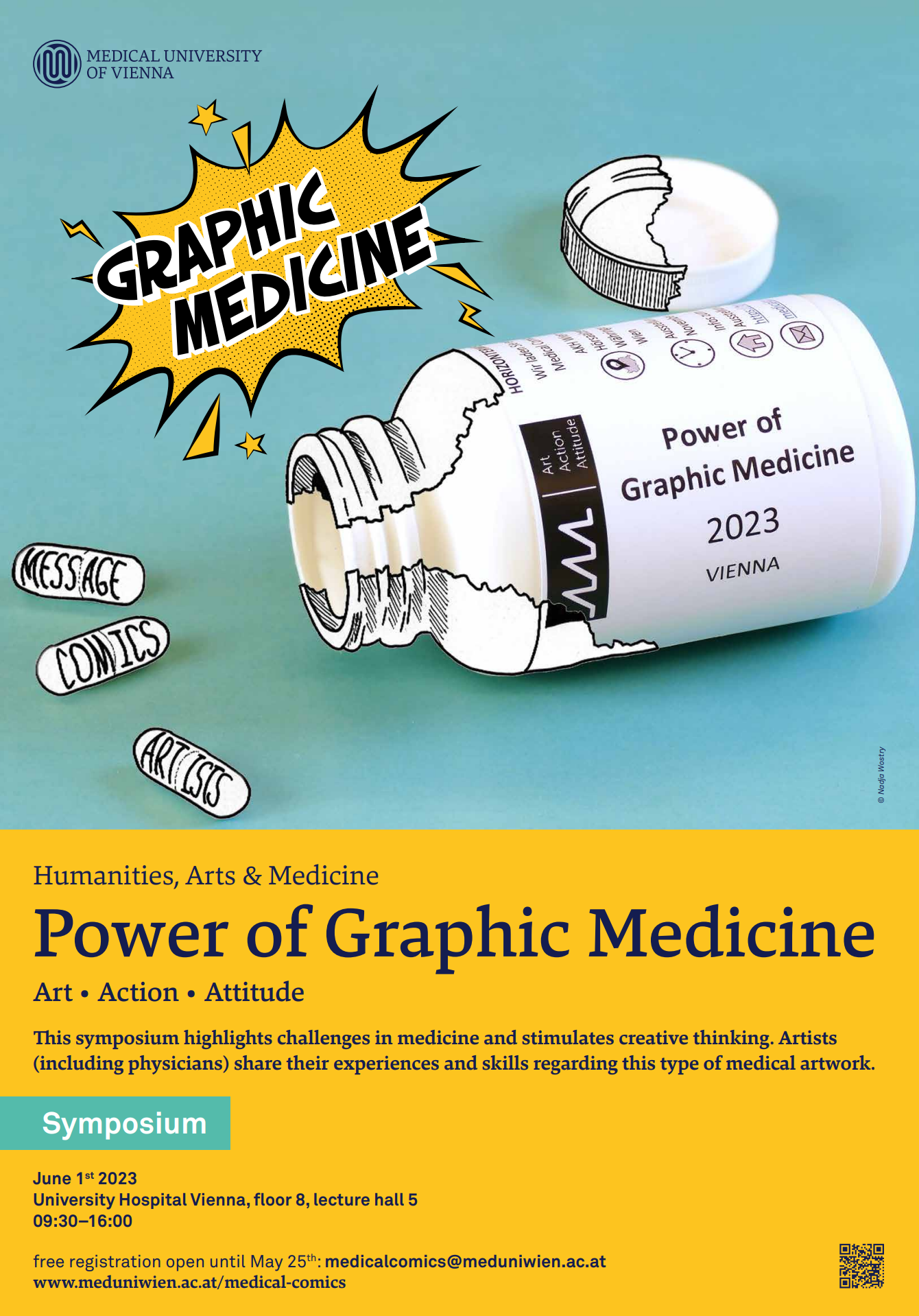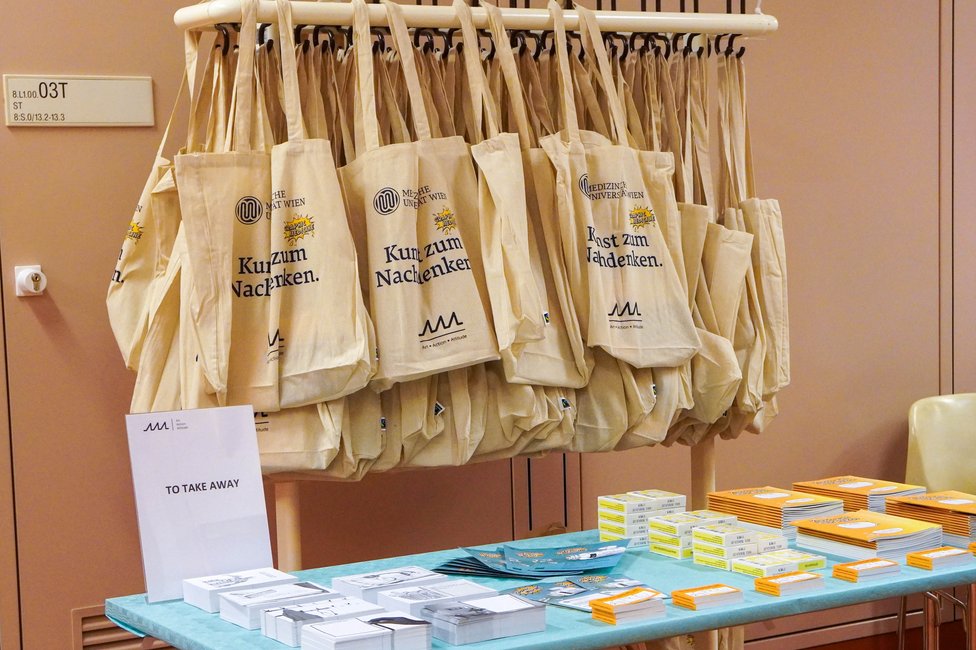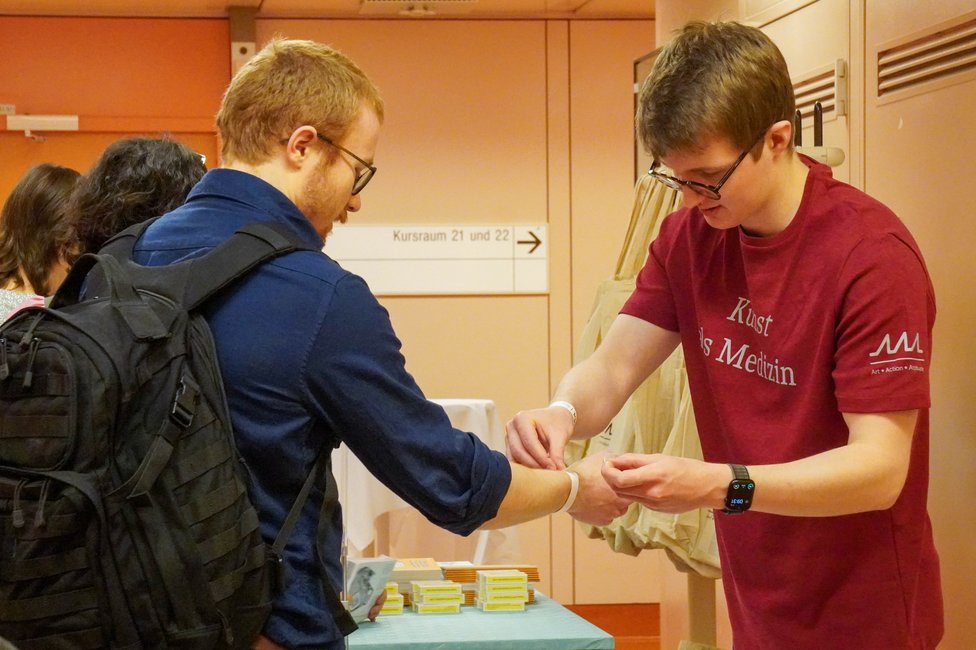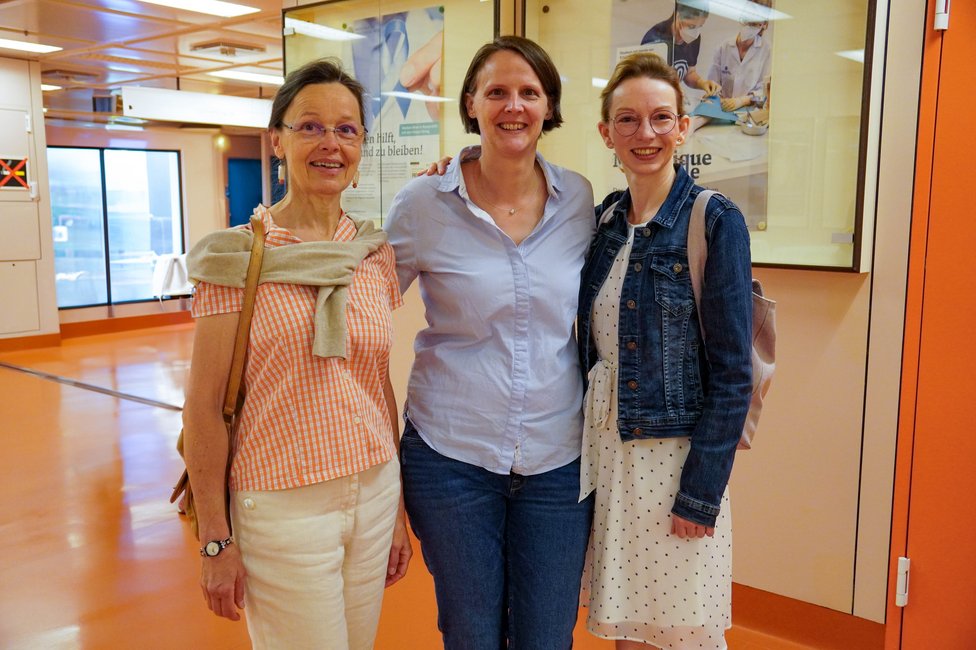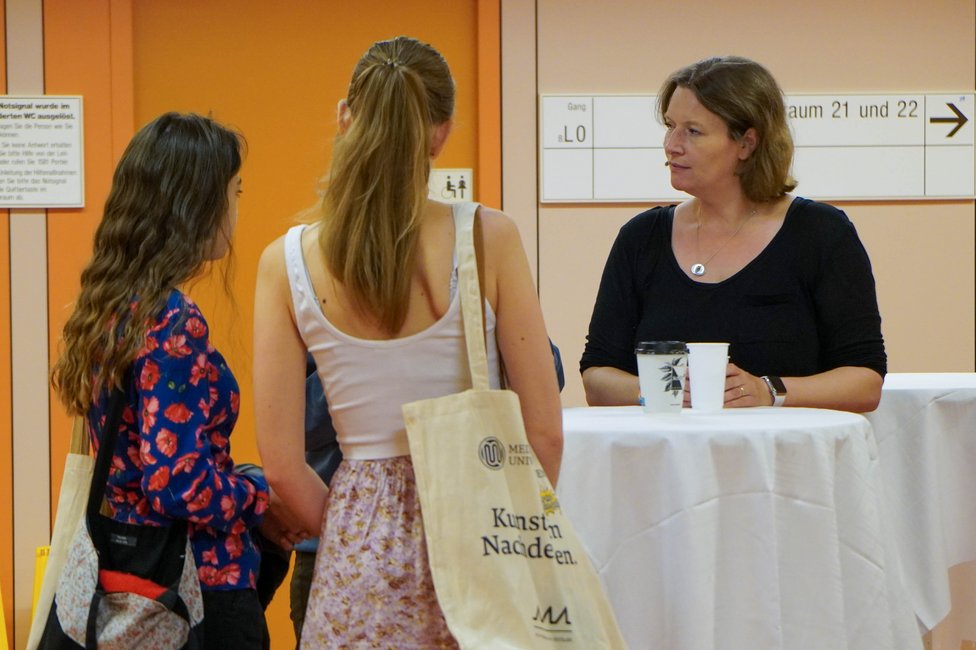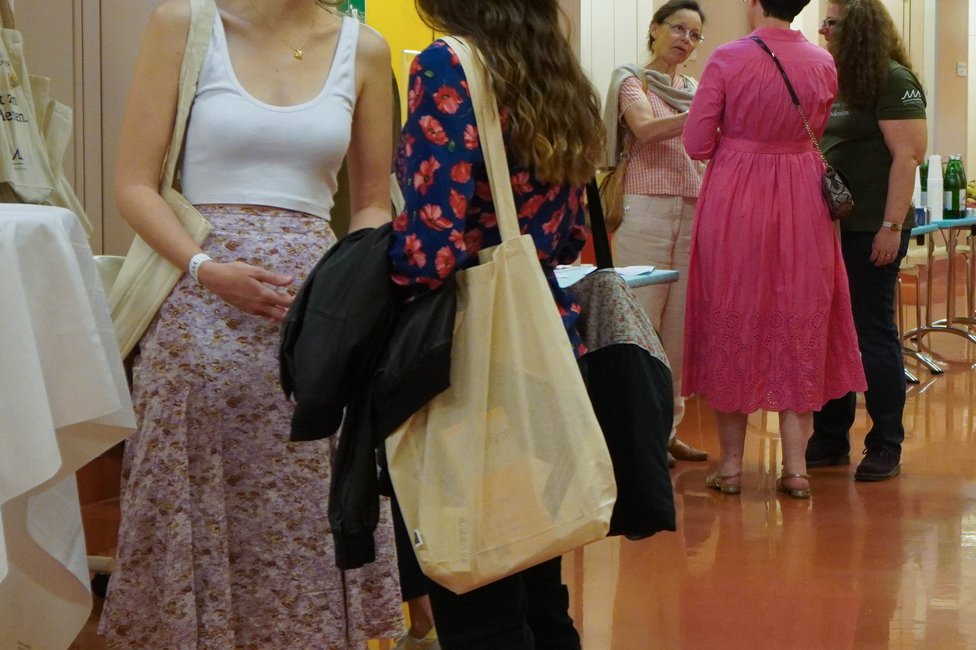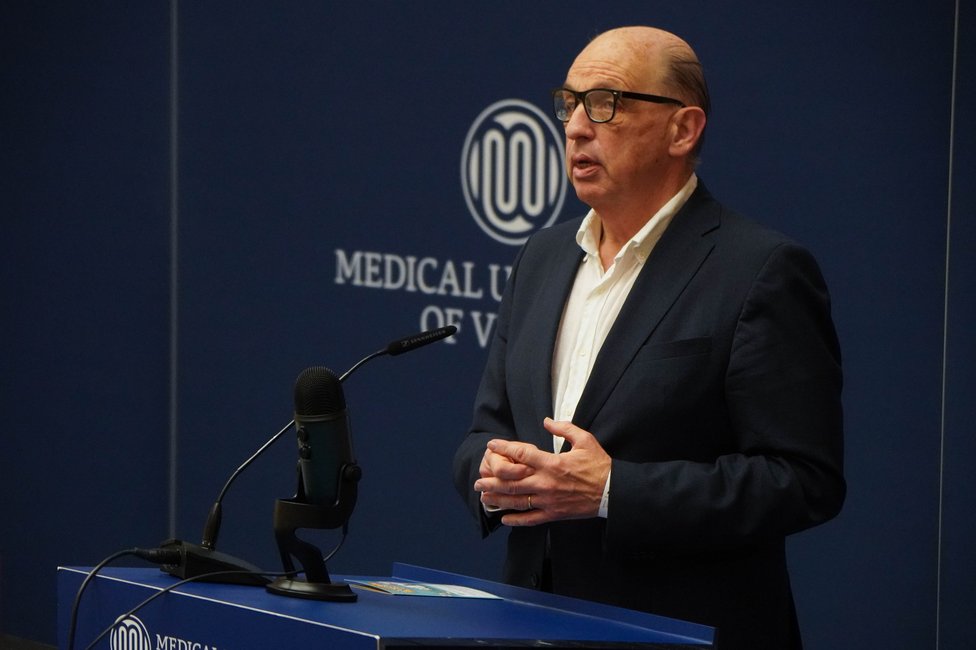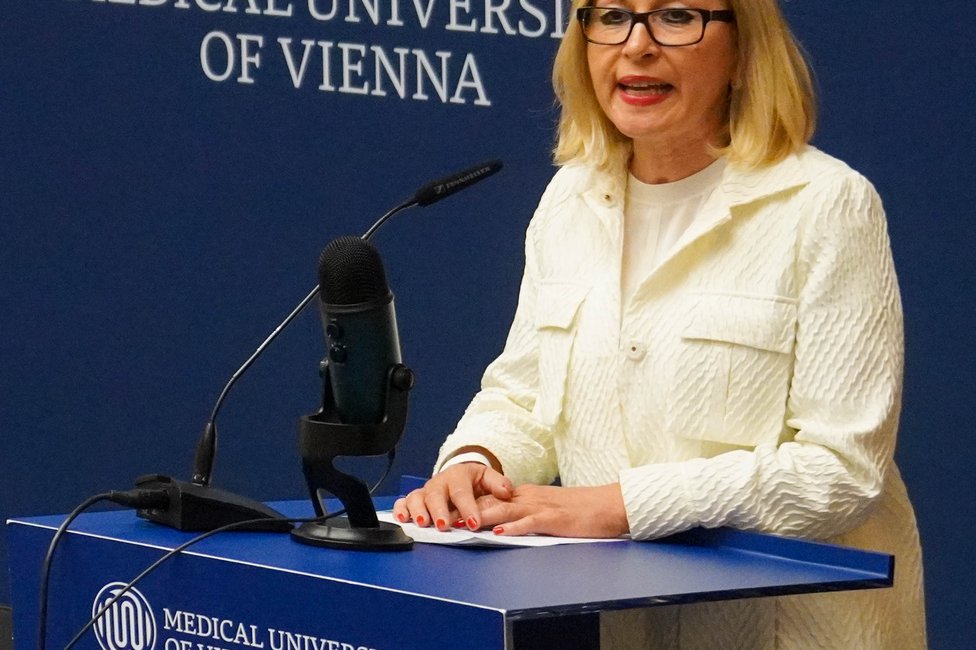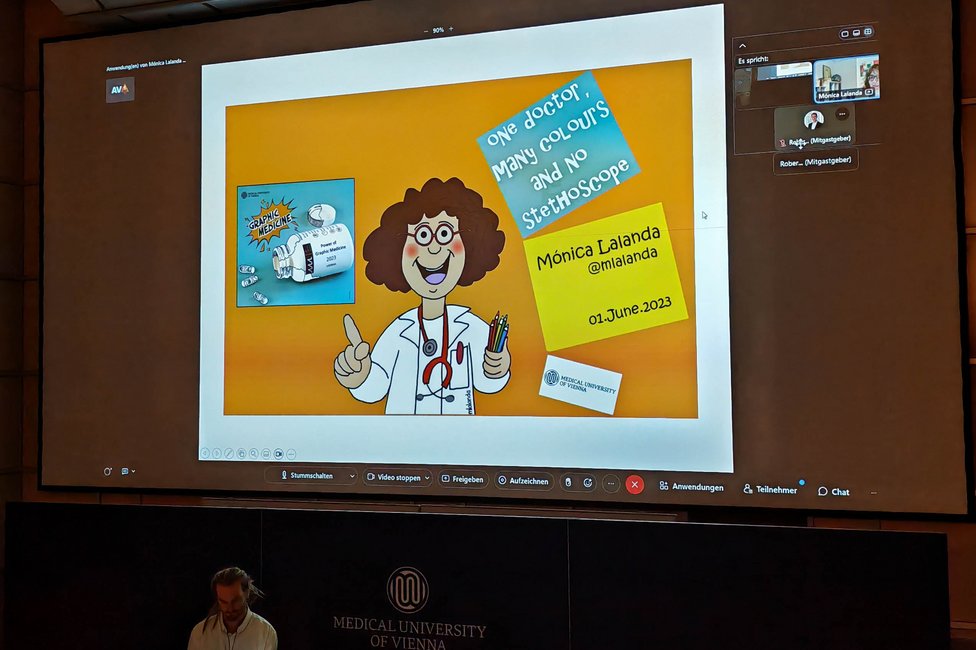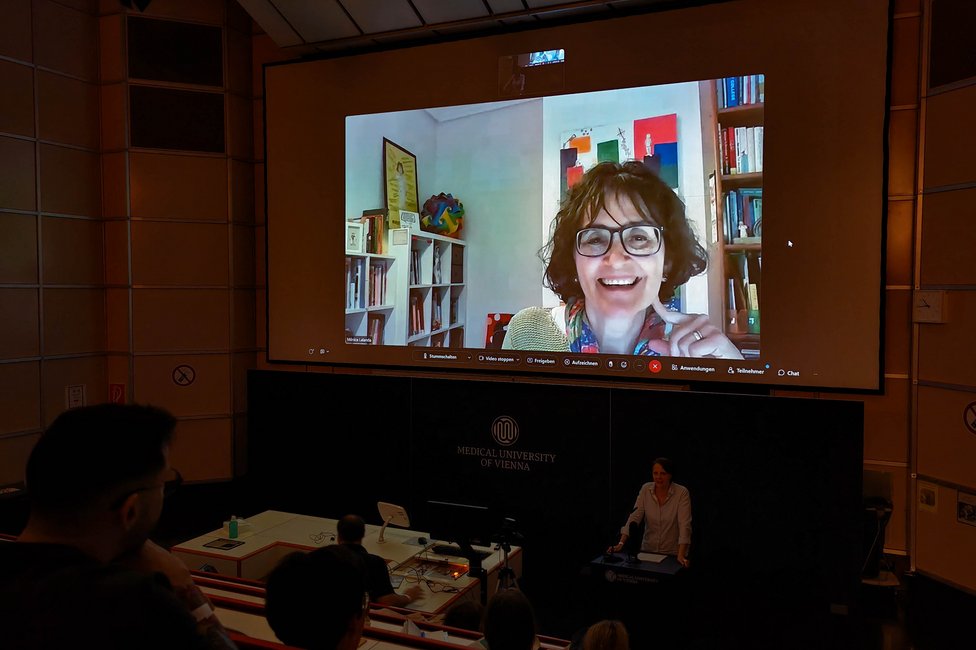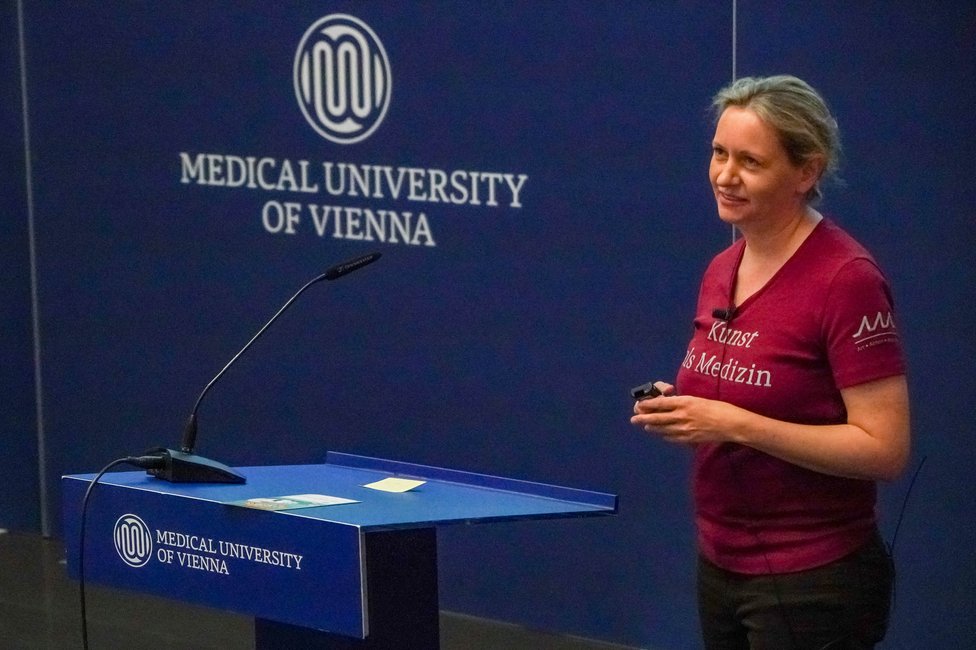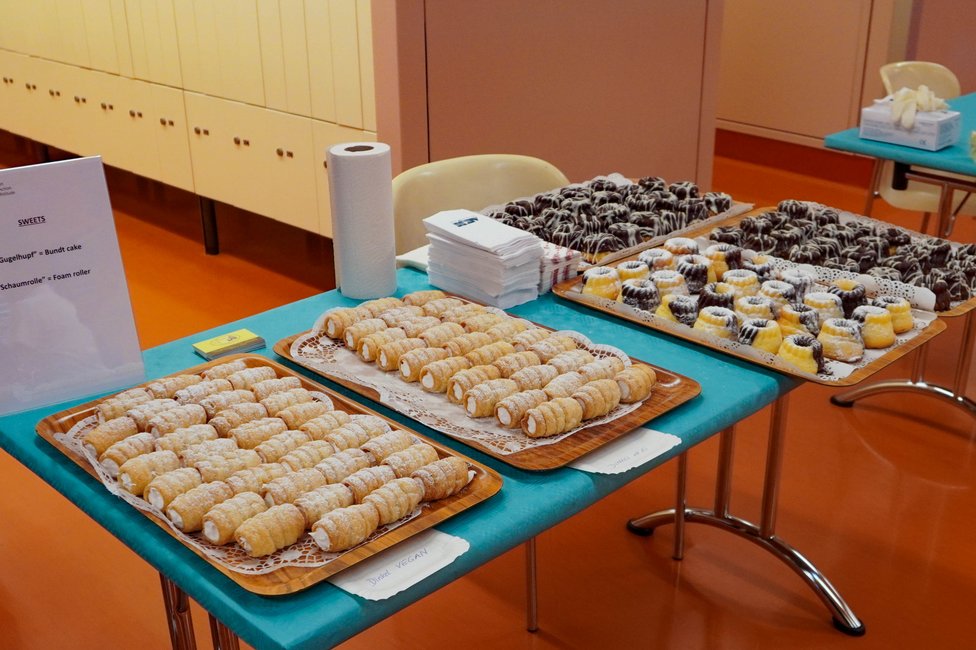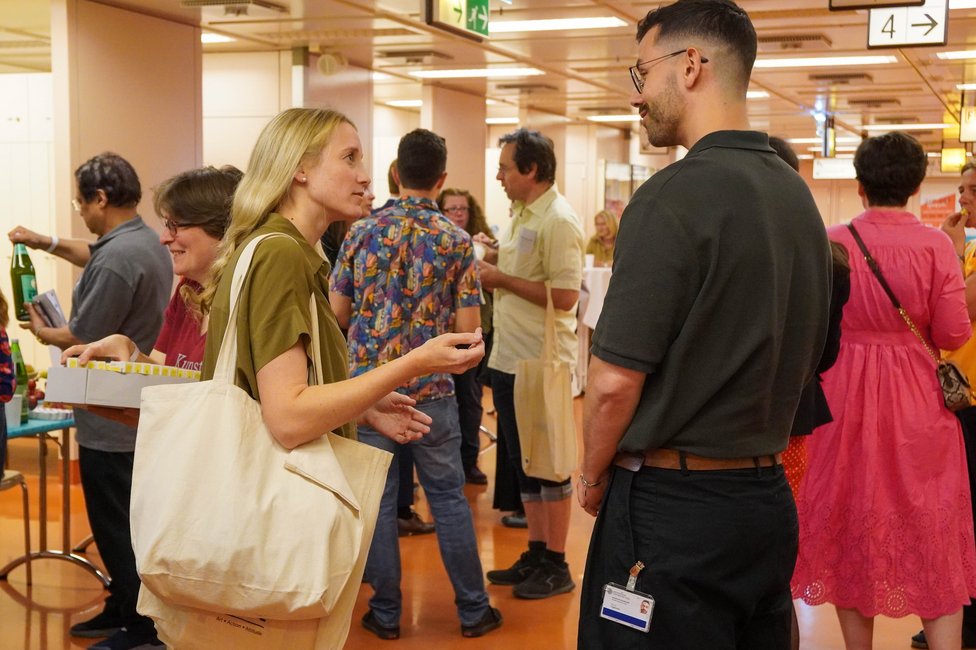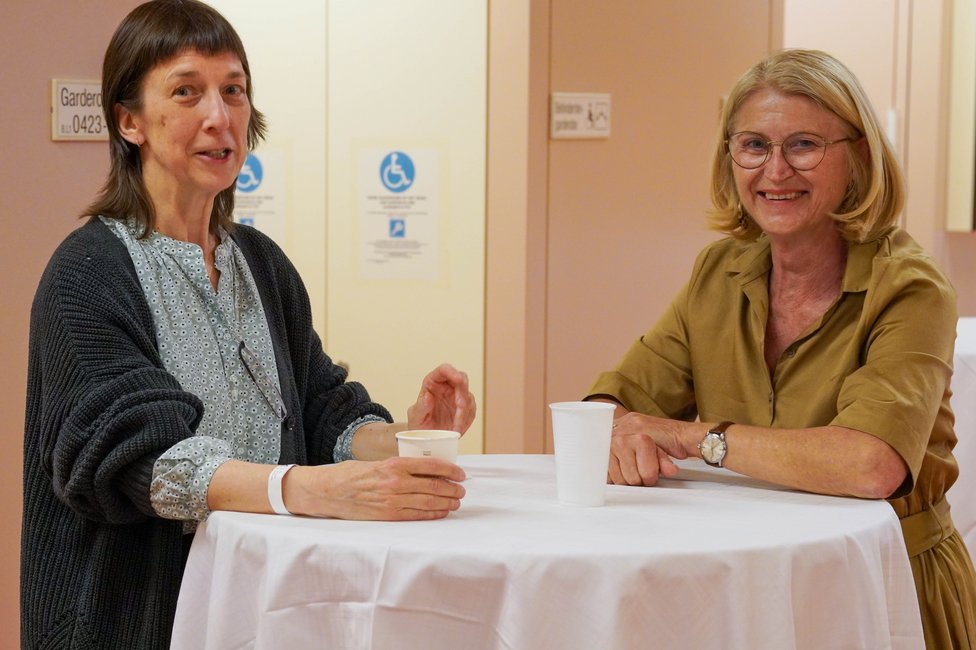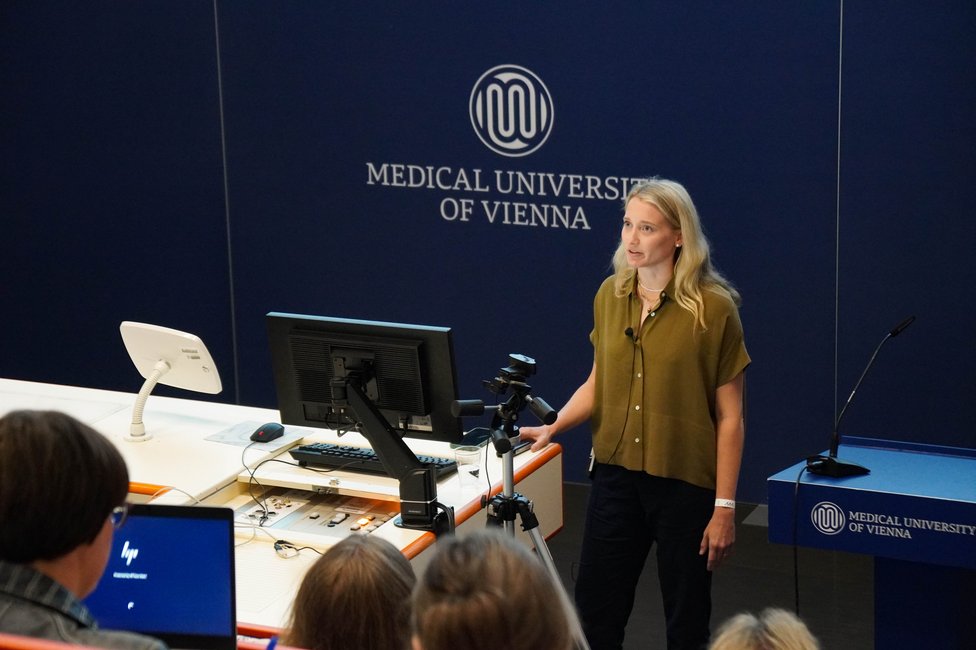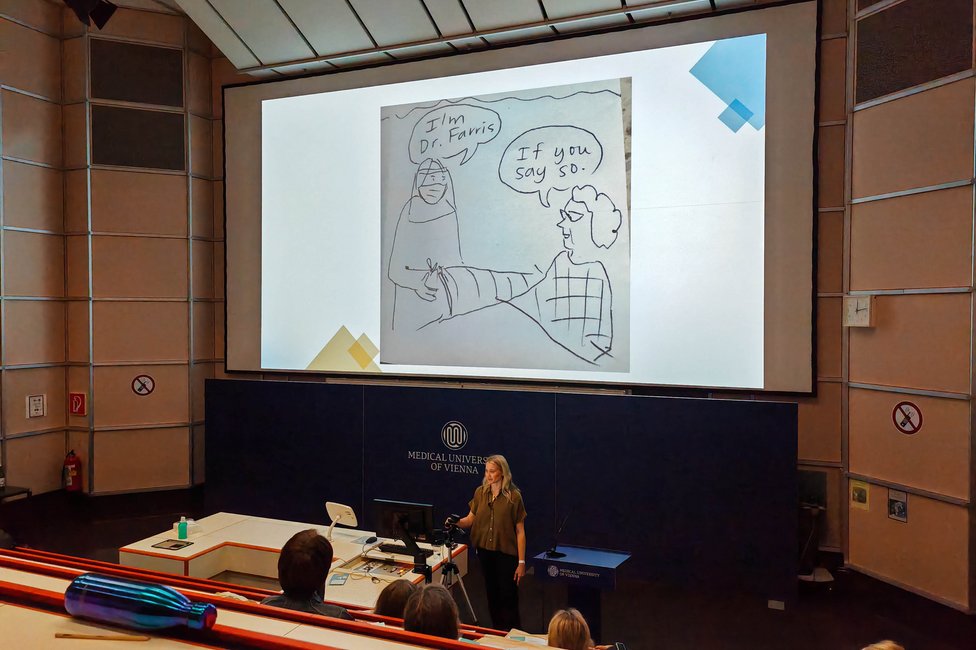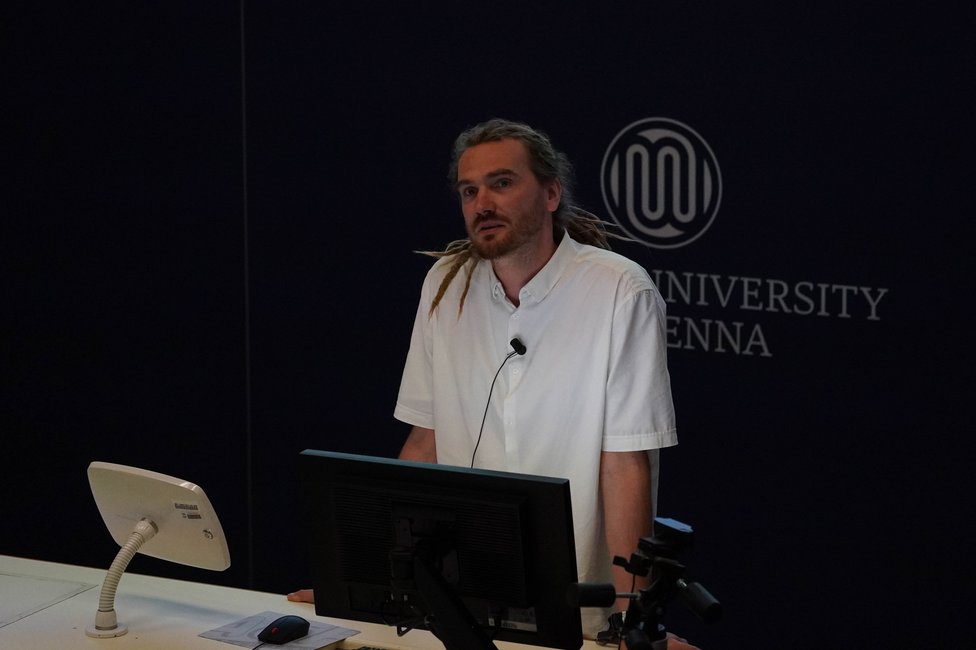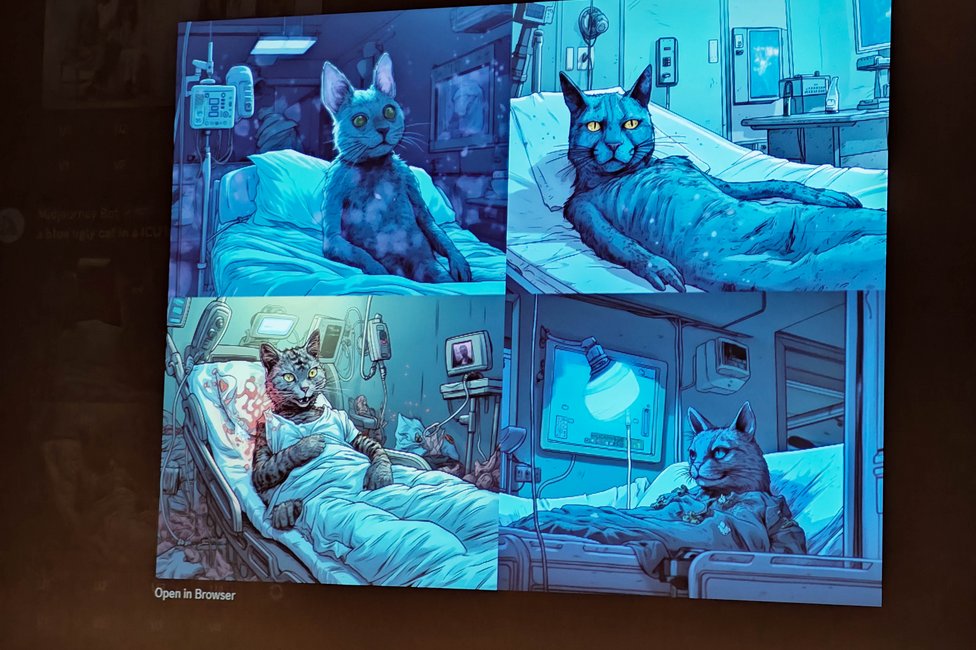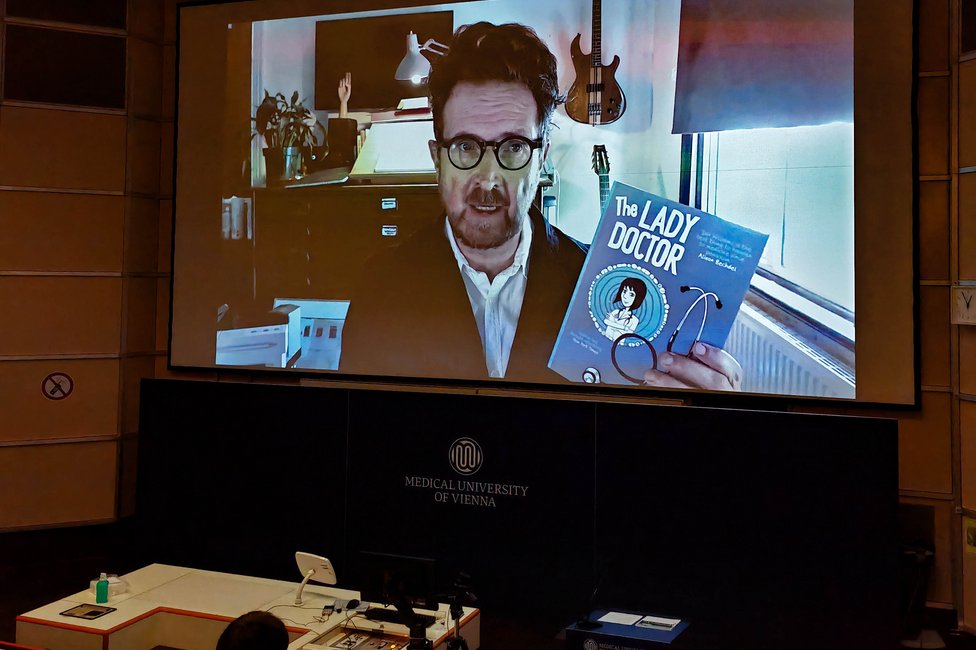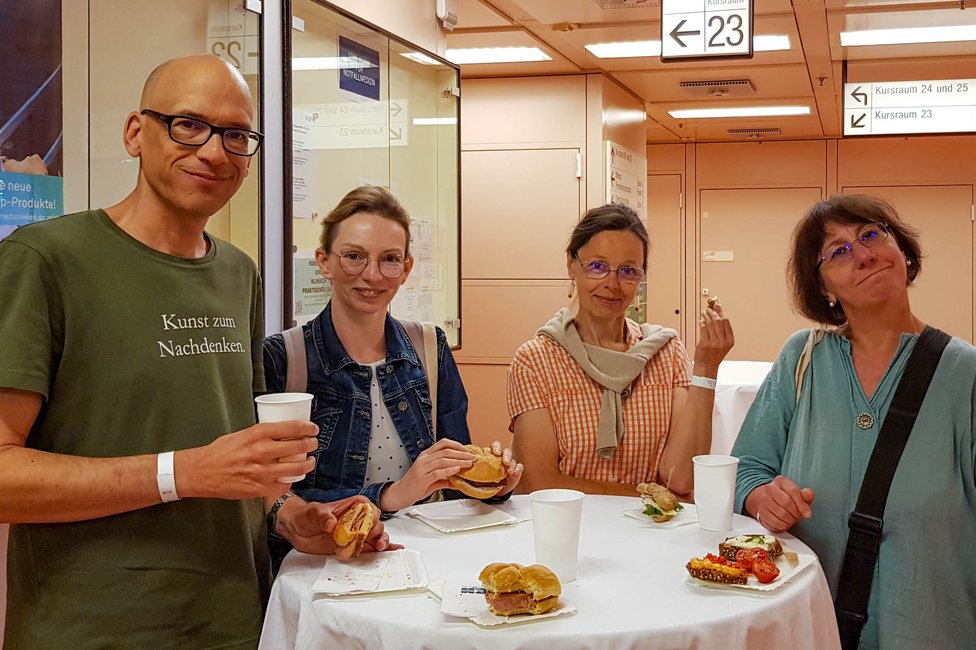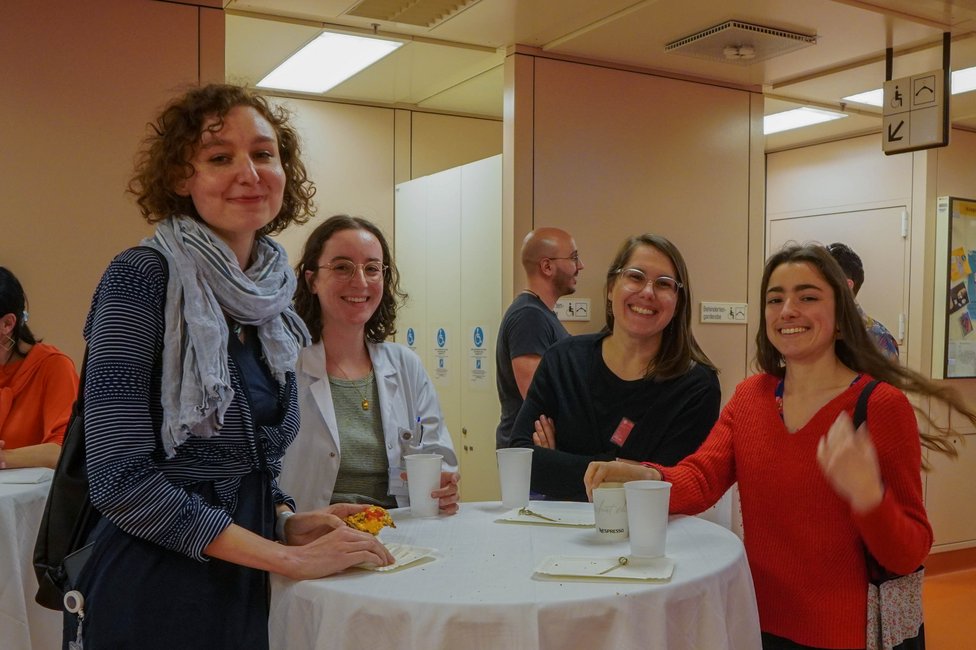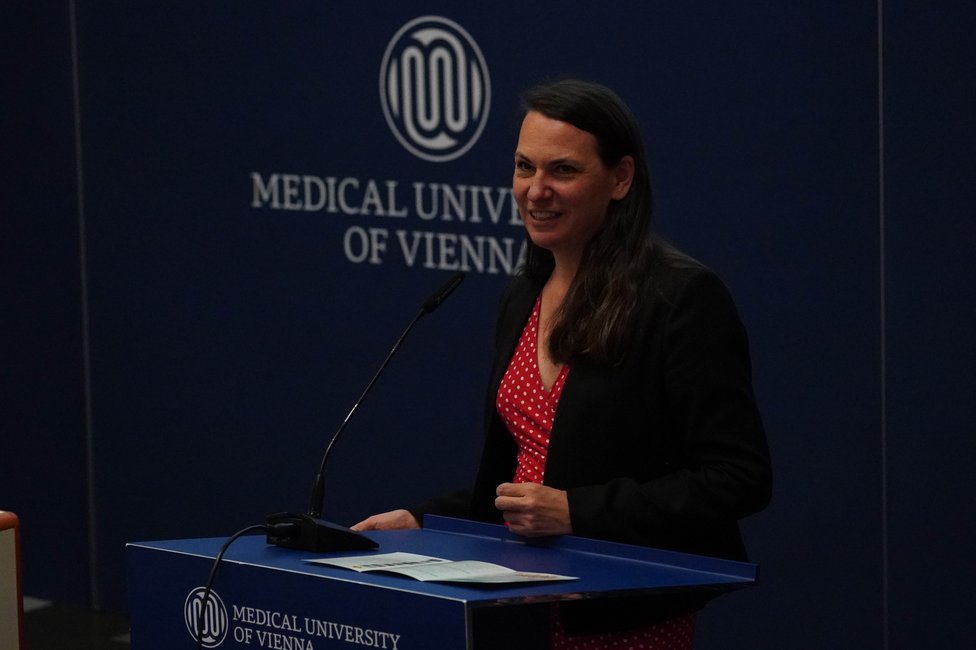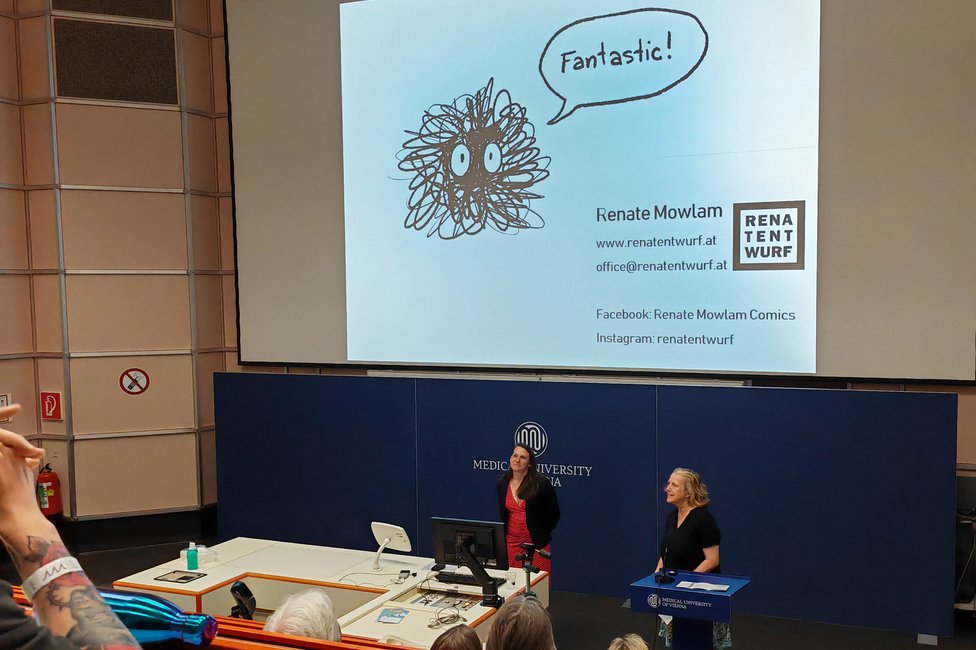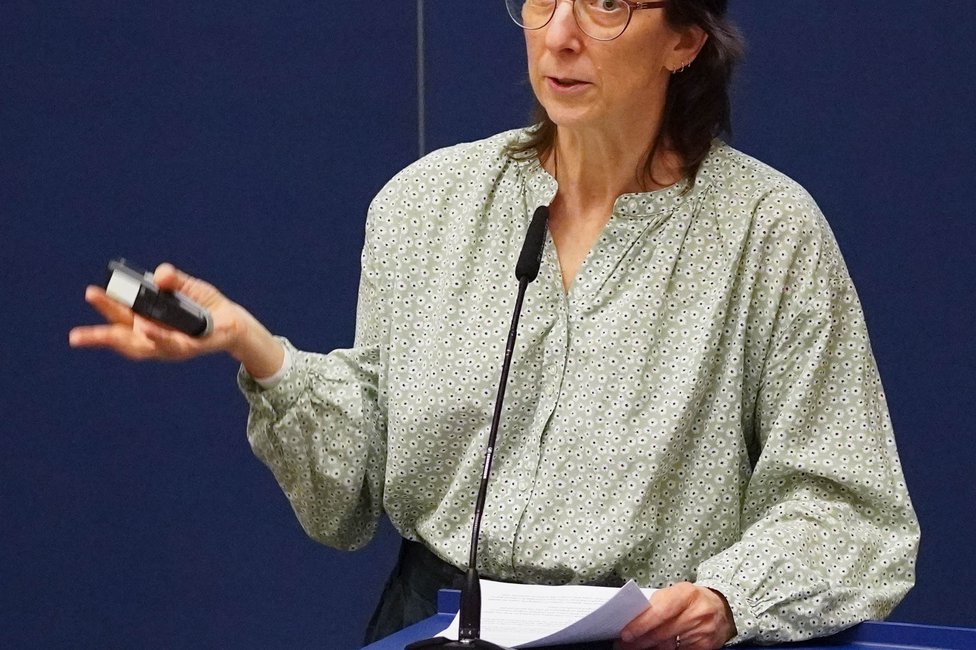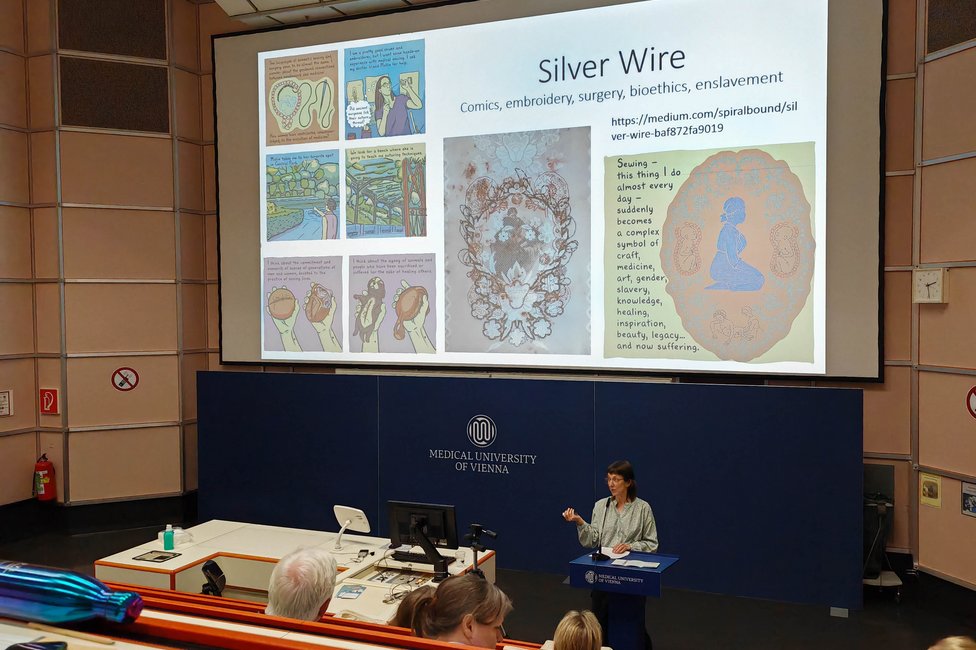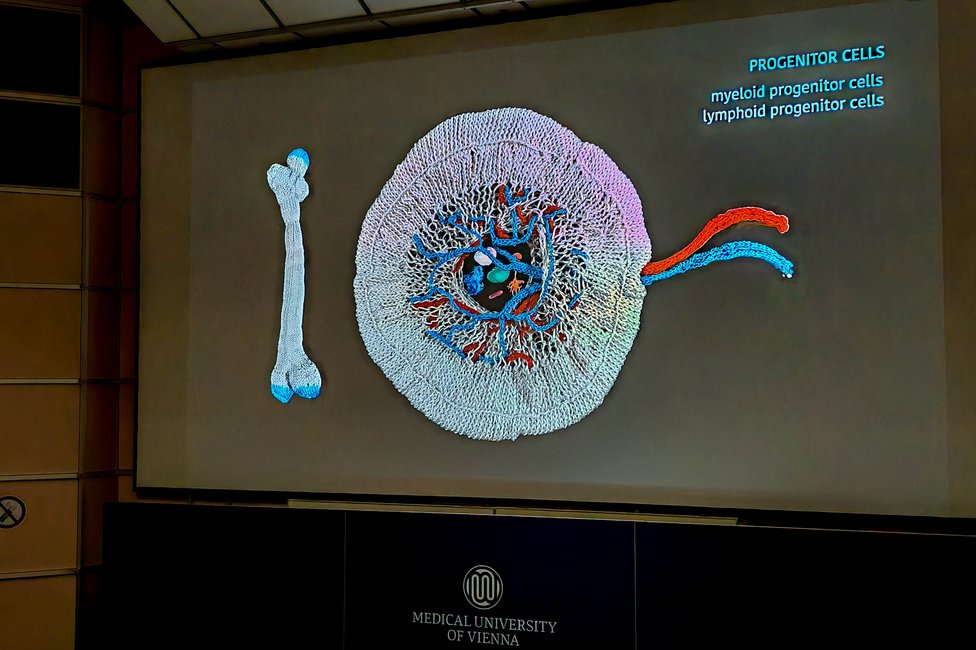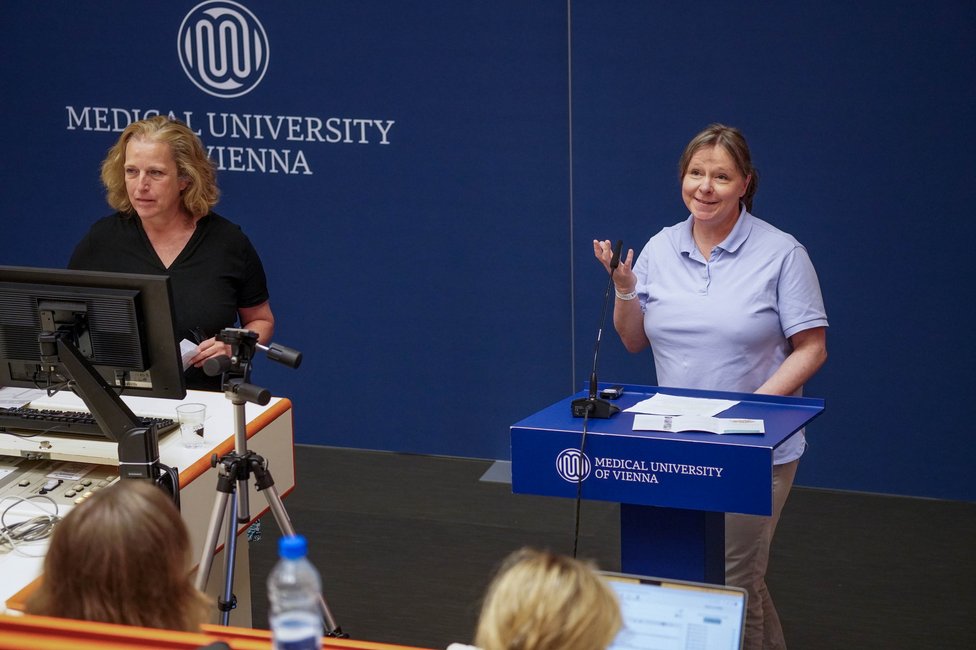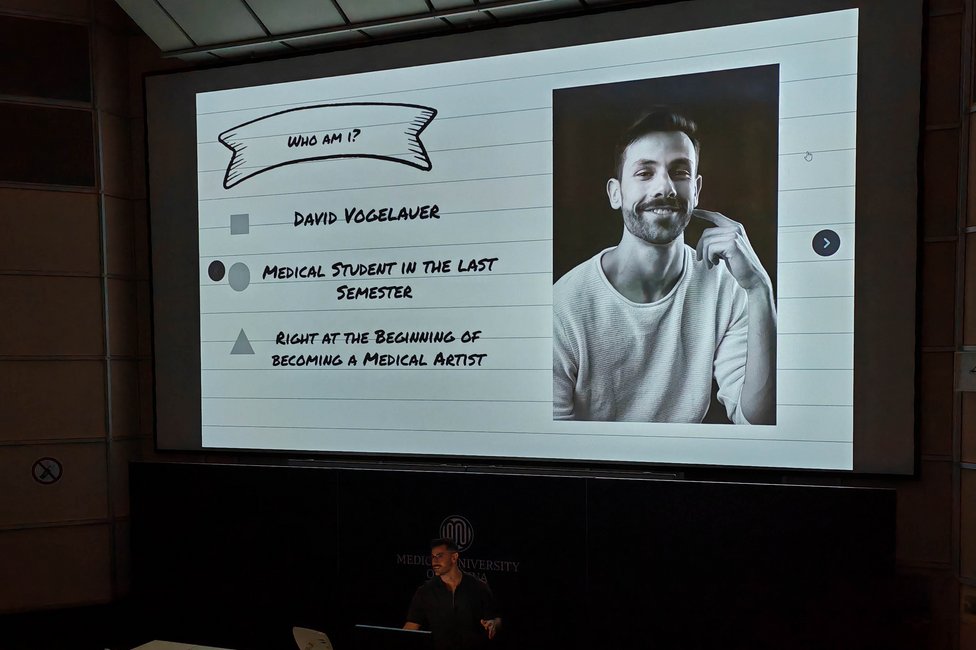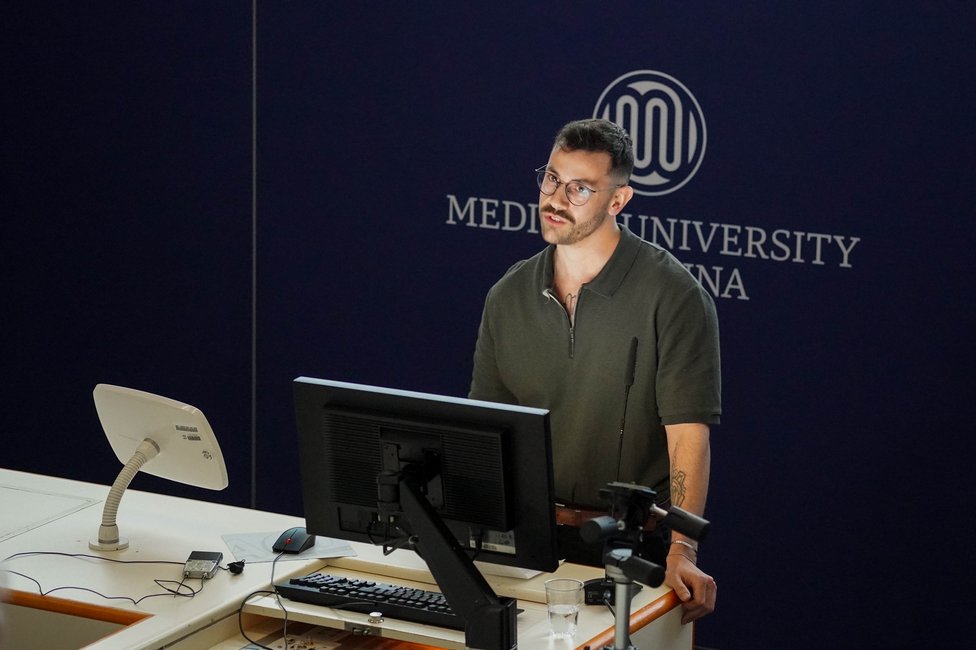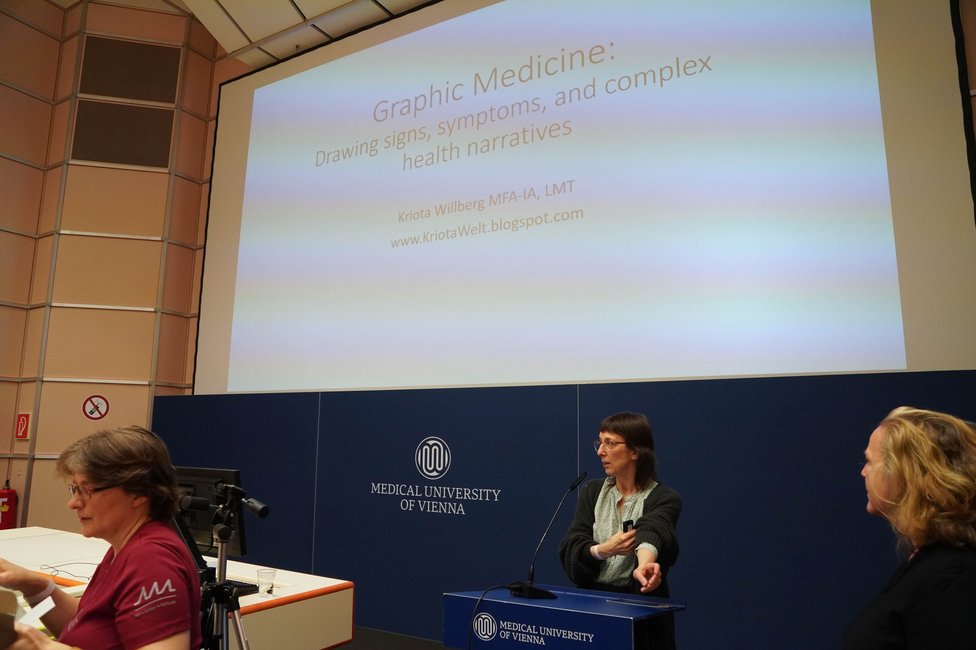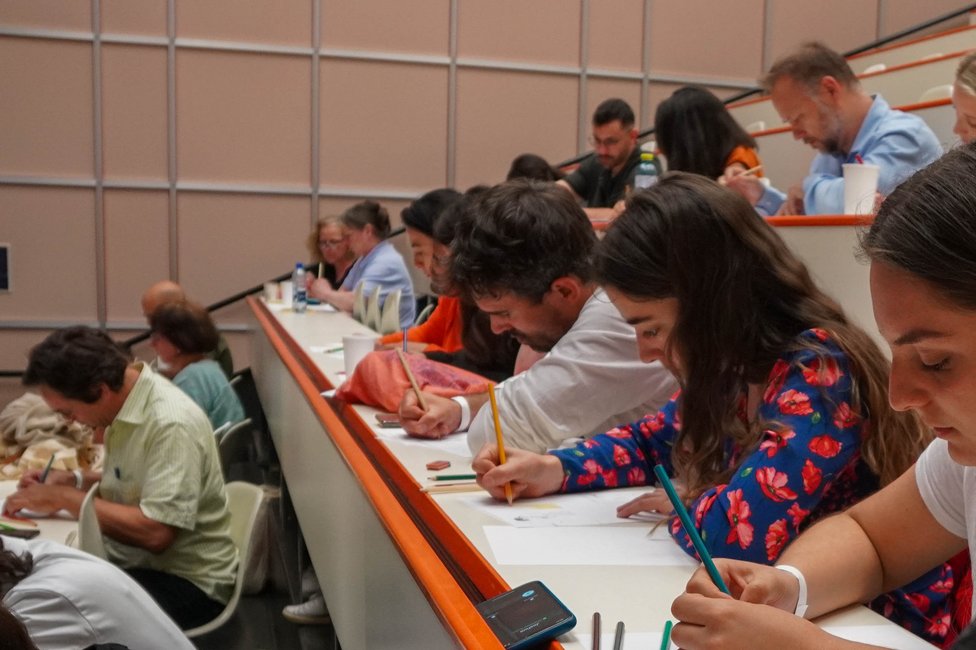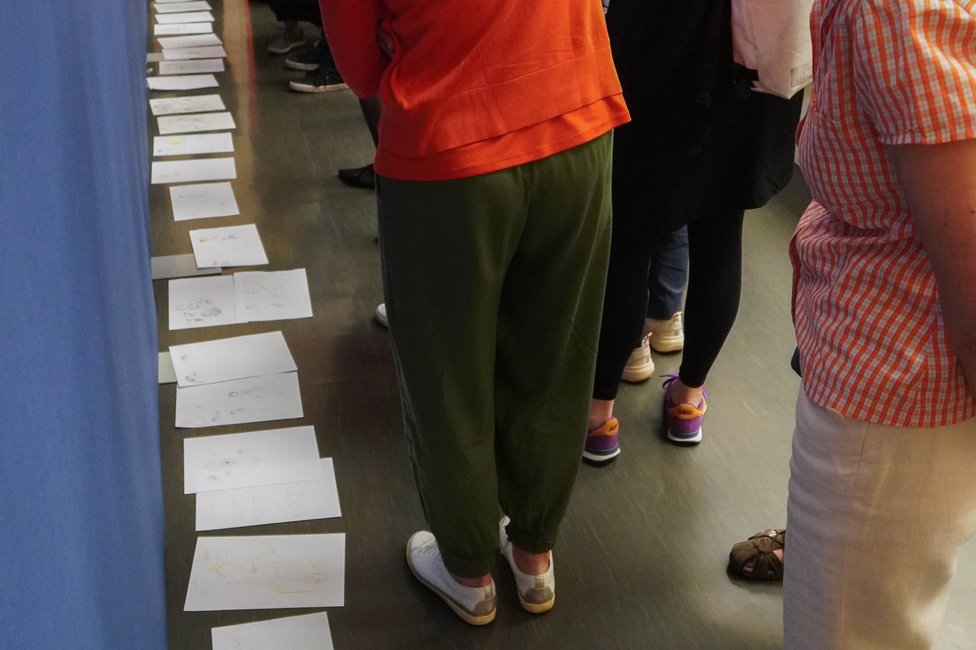Symposium “POWER OF GRAPHIC MEDICINE”
This symposium highlights challenges in medicine and stimulates creative thinking. Artists (including physicians) share their experiences and skills regarding this type of medical artwork.
June 1st 2023
Venue
Lecture hall of the Medical University of Vienna
in the General Hospital of Vienna
Lecture hall 5 on 8th floor
Waehringer Guertel 18-20
1090 Vienna
- When arrive with the subway (line U6 – brown line) exit at station Michelbeuern AKH
- Do not enter the main building of the general hospital, pass the entrance on the right side and take a 2 Minute walk past it
- Take the external staircase or elevator up to the 8th floor
- ART AS INTERVENTION
As an “humanistic intervention”, Graphic Medicine enables communication through visual comprehension! At the MedUni Vienna, the series Art - Action - Attitude was initiated in 2019 and followed by three exhibitions that were dedicated to the themes "Body" (2020), "Borders" (2021) and "Pain" (2022). - ART - ACTION - ATTITUDE
Art - Action - Attitude followed the approach of the World Health Organization "The arts, health and well-being", thereby fostering creative approaches. Medical comics were used to introduce the field of graphic medicine and to illustrate different clinical challenges in a practical way. - POWERFUL GRAPHIC MEDICINE
The power of Graphic Medicine lies in its ability to give space for own reflection and interpretation. Comics may turn a critical eye on healthcare issues and provide visual comprehension. The field of Graphic Medicine also has a connection to research, as it illuminates new and contemporary issues and deals with the expression of complex content. - FINISSAGE AND FUTURE PERSPECTIVES
During this symposium you will receive a diverse overview on the topic of Graphic Medicine from renowned national and international speakers.
Open your eyes to the new and undiscovered!
Graphics comprise narratives and provide a new way of seeing clinical practice.
This symposium is the highlight of four years creative work.
It is not time to say goodbye. On the contrary, through this project we as teachers and researchers have been inspired to keep on going.
May the eye and the mind not tire!
09:30 | Arrival |
10:00 | Welcome |
10:10 | Opening |
10:20 | Moderation |
| Key Note |
10:25 | Mónica Lalanda, Spain - with livestream One doctor, many colours and no stethoscope Using cartoons and comics in health care. Translating complicated information into friendly and colorful material, giving visibility to the invisible part of illness and practising social activism to fight for a better medicine in all posible aspects. This is my job as a doctor who once swapped a busy A&E department for a desk with paper and colors. Medicine through communication. Different, slightly weird and incredibly fulfilling. |
11:00 | Eva K. Masel, Andrea Praschinger, Ruth Koblizek, Ruth Kutalek, Vienna Art - Action - Attitude 2020-2023: Make them smart, show them art! A three years Graphic Medicine initiative at the Medical University of Vienna This talk will give you an overview of the initiative Art - Action - Attitude. In the last three years, each year an exhibition of medical comics was displayed. In medical school, medical comics are highly suitable for lectures due to their creative content. The feasibility of medical comics as a teaching method was examined and lead to didactic findings that resulted in several scientific publications. The multi-faceted and linguistic-visual rhetoric of Graphic Medicine will be presented by using medical comic examples. Furthermore, challenges and achieved goals of the initiative will be presented. |
11:25 | Get-together & Coffee |
11:50 | Moderation |
11:55 | Grace Farris, United States Illustrating the Intersection of Motherhood and Medicine |
12:15 | Philipp Pavelka, Thomas Scheidl, Robert Wanderer, Thomas Binder, Vienna ARTificial Intelligence change in programm |
12:35 | Moderation – Pitch |
| Pitches |
12:40 | Ian Williams, UK – with Video ‘I think what I am trying to say is… While preparing to draw The Bad Doctor (2014) I experimented with ways to depict, visually, the perceptual effects of obsessive compulsive disorder (OCD), a condition from which I suffered from late adolescence onwards, and intended to work my experiences in to the narrative of the graphic novel as a fictional story with autobiographical elements. My version of the condition seemed to me to involve a form of viral thought proliferation with rapidly forming connections between previously unlinked propositions and things which would then congeal into a rigid framework of toxic thought pathways, limiting my actions and tying up my logic in an agonizing paralysis. I drew this image based on the Tree of Life of the Kabbalah, referencing religious and occult iconography which reflected the themes of my illness. |
13:00 | Lunch |
14:00 | Renate Mowlam, Austria How to draw medical comics. A comic artist’s experience Renate Mowlam is a construction engineer and comic artist from Vienna. Renate draws comics that explain diseases and their treatment, as well as comics on general health topics. In her talk, she will show examples of her work, such as comics about the causes and treatment of strokes. She will also answer the question of why it is important for her to draw medical comics. Furthermore, she will explain how she approaches a drawing assignment and how she goes from text to a finished comic. The goal of the presentation is to give everyone a guide for drawing medical comics. |
14:20 | Kriota Willberg, United States Transitioning from Healthcare to Graphic Medicine Kriota Willberg, MFAIA LMT is currently the artist in residence in the Humanistic Medicine program and NYU Langone School of Medicine. In this presentation she describes her entry into the world of graphic medicine and the process she uses to transform clinical -events, -frustrations, and- bioethical issues, she has encountered as a massage therapist and/or a patient into works of graphic medicine. Excerpts from her works Cadaver Diaries, Silver Wire, and The Wandering Uterus...will illustrate her presentation. |
14:40 | Katharina Sabernig, Austria, University of Applied Arts Immunological Enmeshment (includes a film presentation) In recent years there has been a plethora of information about viruses, the immune system, antibodies, vaccinations and so on. The complexity of the subject has led to uncertainties and divergent interpretations. If there was a cause for reflection on science communication, it was the corona pandemic. My FWF-funded project "Knitted Body Materiality“ (AR-705-G), realized at the University of Applied Arts Vienna, is dedicated to conveying medical content by means of textile art with the help of stitches and meshes. Website: www.knitted-anatomy.at |
15:00 | David Vogelauer, Austria From Medical Student to Medical Illustrator |
15:20 | Summary |
15:30-16:00 | Tee-Time |
16:00-17:00 | Graphic Medicine Workshop by Kriota Willberg States of health and illness are assessed through the observation and measuring of signs such as skin lesions and body temperature. But subjective symptoms such as pain or cognitive impairment are also a part of diagnosis. These states of health can also impact conversations between patients and healthcare providers. In this workshop we will examine the ways in which cartoonists draw objective and subjective physical and mental states of being, practice drawing these different states, “diagnose” each other’s drawings, and create graphic medicine images that incorporate the health dynamics of signs, symptoms, emotions, and identity. Participants with no, any, and all, levels of drawing experience are welcome! There will be a quick tutorial for drawing newcomers. Please register via medicalcomics@meduniwien.ac.at |
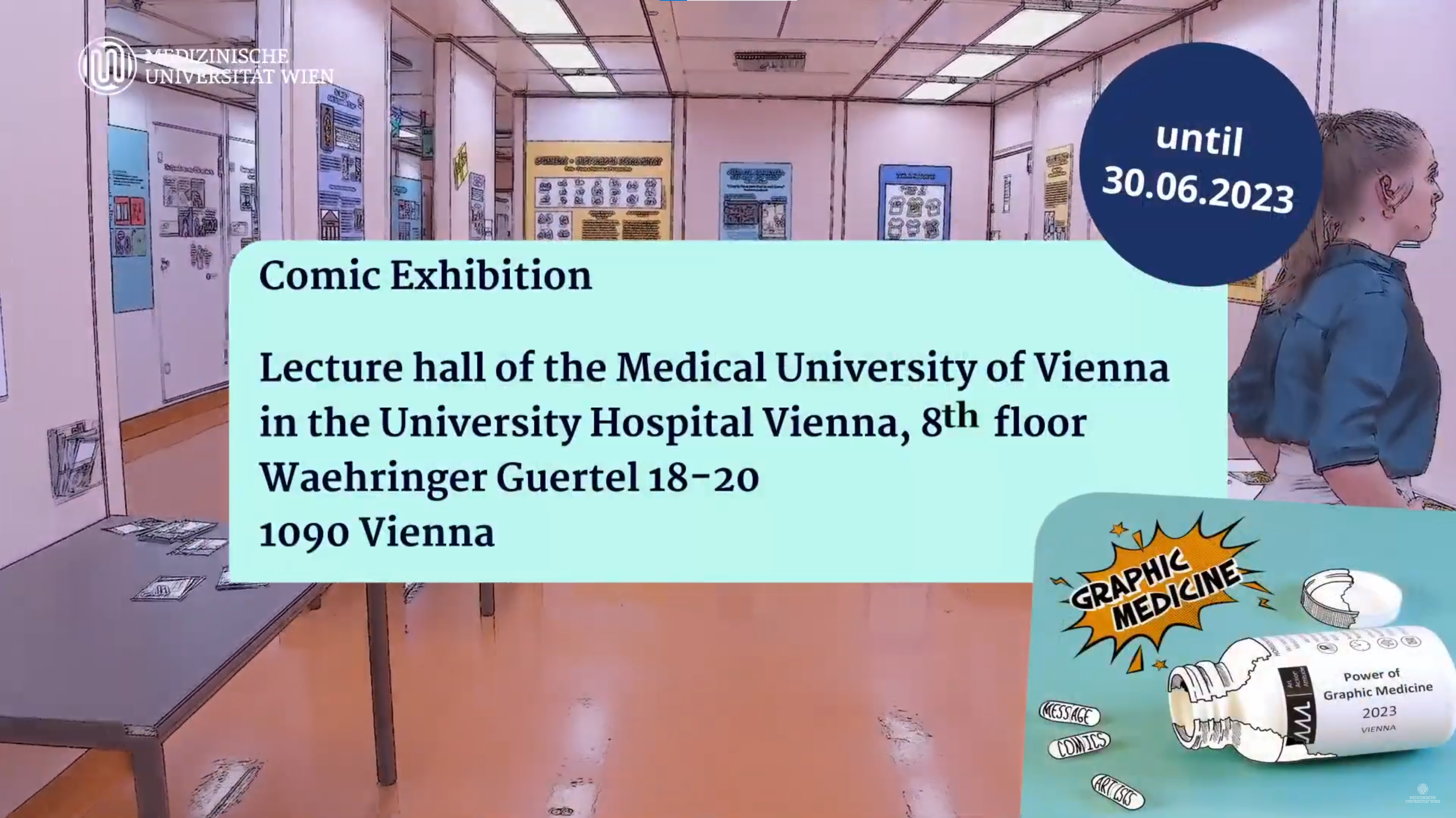
Nach der Aktivierung werden Daten an YouTube übermittelt. Weitere Infos hier: Datenschutzerklärung


